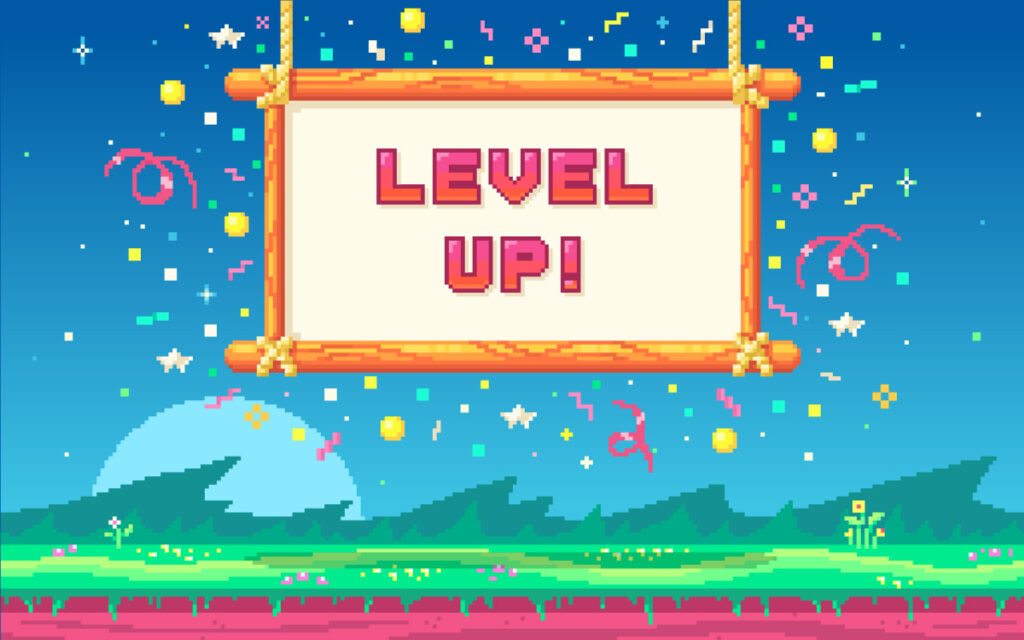Gamification is fast becoming the golden egg for enhancing productivity and collaboration in the workplace. You may already be using it in your office. But what does the term ‘gamification’ actually mean and how can you apply game mechanics in your company?
What does ‘gamification’ mean?
The term “gamification” was coined in 2002 by Nick Pelling, a British-born computer programmer and inventor. Pelling used the term in the context of applying game design elements and principles to non-game contexts, such as business, education, marketing, and other areas.
The concept gained traction over the years as organisations across all types of industries began to recognise the potential of using game mechanics to engage employees and consumers, motivate interaction, influence behaviour, and enhance training experiences.
Gamification involves applying game-like features, such as points, badges, leaderboards, challenges, rewards, and progression systems, to encourage participation, drive desired actions, and achieve specific objectives.
The purpose of including game mechanics is to leverage people’s natural inclination for play and competition to make tasks more enjoyable, interactive, and motivating, ultimately leading to increased engagement, productivity, and satisfaction.
If you think about any game you’ve played, digital or physical, what made it fun and compelled you to keep playing? What made the game memorable and made you want to play again?
Now consider how you could apply the game mechanics that stirred your emotions, to the day-to-day activities and objectives of your company.
You may be surprised by how many uses for gamification you can come up with. To give you a little nudge in the right direction, take a look at the type of gamified features that are typically used in e-learning and employee training programs.










